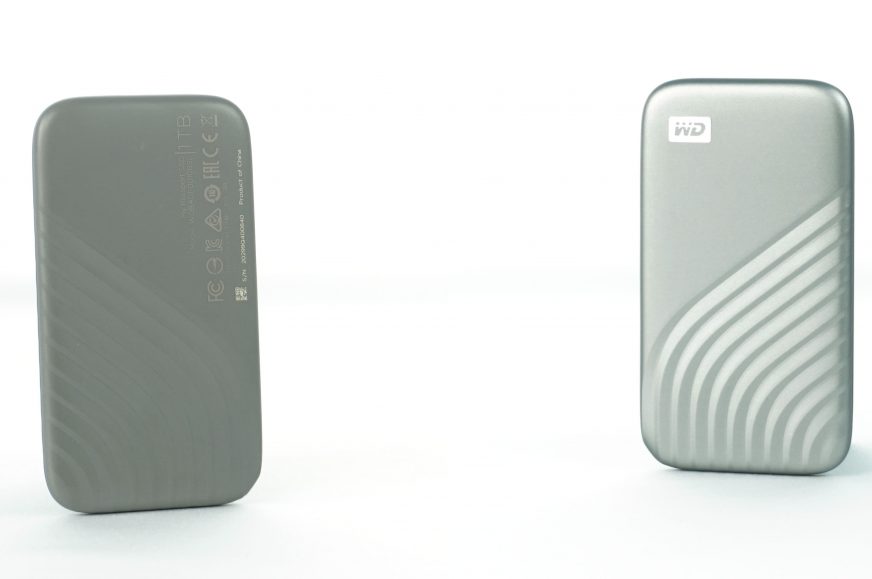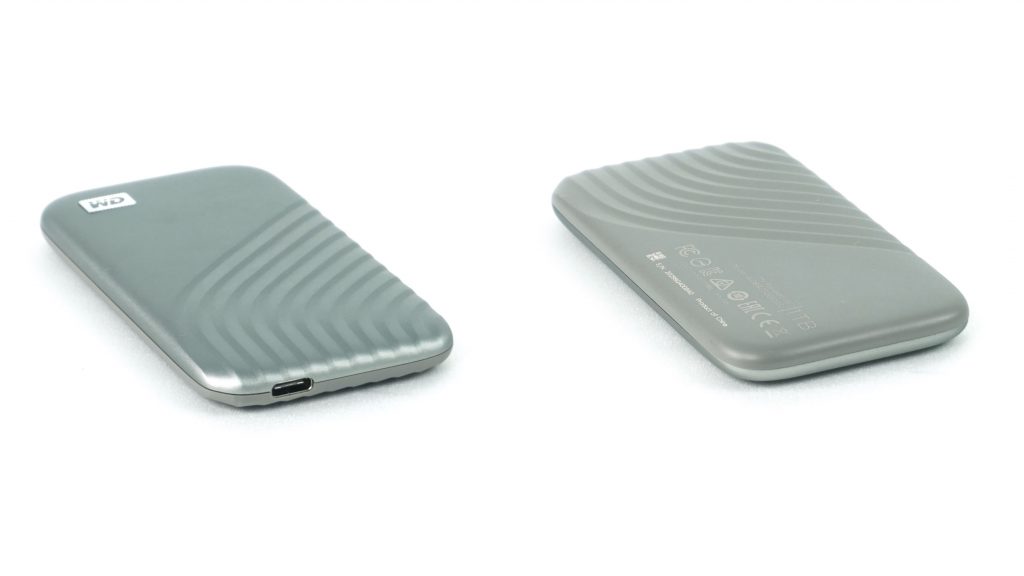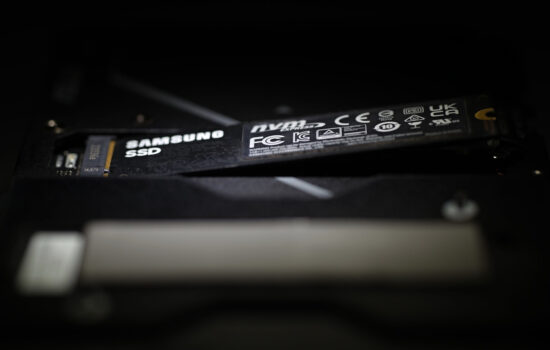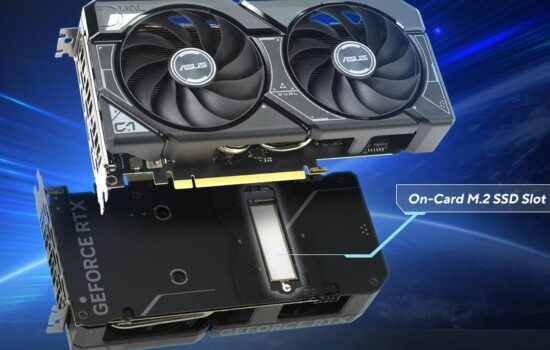Rating
WD with the My Passport line is one of the largest manufacturers of external storage. I myself have three pieces with a capacity of 2–4 TB. In 2017, they launched the My Passport SSD, which belonged to the first generation of external SSDs. It impressed us mainly with its unique design and compact dimensions, but unfortunately it never got into my hands. However, this is now changing, as we have received an upgraded version with the same name for 2020.
Rating
An upgraded version of WD My Passport SSD for 2020 brings a new design, but above all significantly higher speeds. Compared to the Patriot PXD, the novelty surprised mainly in the field of writing and with slightly higher speeds overall. However, it all depends on the conditions and the performance in other tests was comparable or in really specific cases even worse. But the big difference is the non-use of the pSLC buffer as in PXD, which is probably due to the use of above-standard fast TLC memory. This means that performance does not drop even if you want to write sequentially across the entire capacity of the SSD at once. I tried to transfer 300 GB of videos and the speed was still around 600 MB/s and at the same time just a “warm” surface of the cover does not indicate overheating (and performance drop for this reason) even when transferring larger directories.
What gives the My Passport great benefits are also secondary features such as hardware encryption, a longer 5-year warranty and slightly higher resistance to shocks and falls. WD also offers small software for disk search or backup options. Overall, the new My Passport SSD has a more comprehensive package than the simple Patriot’s approach with the PXD, where you only get the SSD and that’s it. What I am heading for is the price difference between these SSDs, which is huge. We are talking about the amount of about 100 euros when comparing the 1 TB versions, i.e. 260 euros in the case of WD and 160 of Patriot. Nevertheless, for me personally, this is too big a price difference with the same capacity, even though WD offers more features and a longer warranty. However, you may need HW encryption, so My Passport is the only option from the pair of the compared disks. Let us know your opinion on this issue in the discussion.
| WD My Passport SSD (2020) |
| + high speeds without drops (does not use pSLC buffer) |
| + body resistant to falls and shocks |
| + USB-C with USB-A adapter in the package |
| + 5-year warranty |
| + HW encryption |
| - higher price |












